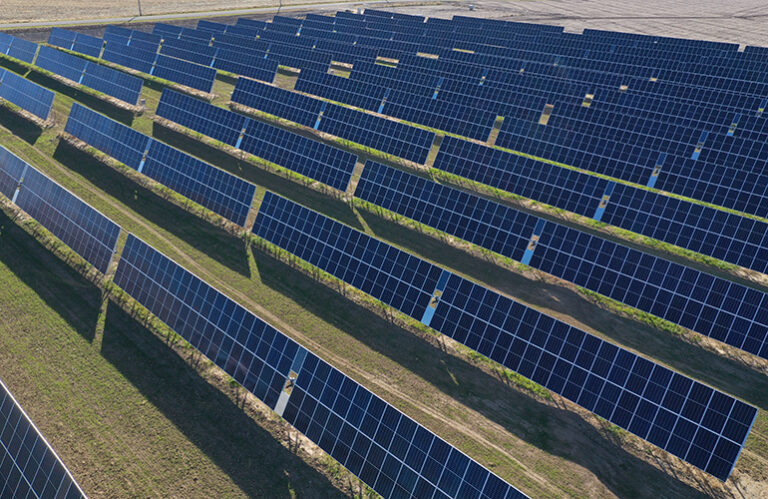Community solar projects have perhaps the most active post-construction lifecycle of all PV projects because they interact with groups of subscribers rather than a single system owner. Management services have procedures in place to connect subscribers to community solar systems and support them once enrolled.

Credit: Ampion
Some of that support comes from working and integrating services with utilities. Community solar projects generate energy credits that apply to a subscriber’s utility bill, reducing their energy costs. To initiate these energy credits, community solar operators must collect billing and metering information from individual subscribers and integrate it with the utility’s billing system. System operators must contact utility companies to confirm any subscription to a community solar project.
“When you integrate with these utilities, they don’t pave the way for you,” says Nate Owen, CEO and founder of Ampion, a community solar management service founded in 2014. “You have to do what you can to get your hands on the data that you will ultimately use to bill your customer.”
Some community solar providers handle subscriber management themselves, while others turn to third-party services such as Ampion. The company primarily serves states in the Northeast, with a growing presence in the West. Ampion’s service, like other managers, connects subscribers in eligible states and regions to community solar projects, allocating a portion of production based on a utility customer’s energy consumption.
Subscribers pay the management service a fee, and the energy generated by their share of the community solar project is applied to their utility bill.

Credit: Ampion
“As the energy world becomes more distributed and more third parties contract with consumers… you need enterprise-wide software that is completely secure and capable of managing the complexities of utility integrations, managing customer relationships, and managing revenue and finances. to manage. of these projects,” Owen said.
Community solar is growing in the United States, but it is not universally known, so executives are producing marketing and educational campaigns, especially in communities new to the concept.
“Community solar is often a headache for a customer,” said Erik Molinaro, SVP of customer experience and operations at Nexamp. “There are no costs for us to register. There are no fees whatsoever. People feel like it’s too good to be true. You don’t have to pay me anything, you don’t have to do anything, but you do get a discount.”
Nexamp builds and manages community solar projects. PV arrays have an operational life of up to 30 years, so management companies will serve subscribers to those systems for the duration. Nexamp is looking to capitalize on that long relationship by working with municipalities to educate their citizens about community solar. In addition, the company is advocating for community solar legislation in state legislatures to open new doors for shared PV.
All of this marketing, education, and advocacy is done in the hopes that utilities will subscribe to these projects; and solar community managers staff full customer service teams to help enrollees through the first steps of subscribing to a project and answer any billing questions once they have subscribed.
Community solar management involves many different tasks, such as working with utilities, educating the public, and ensuring energy credits appear on a utility customer’s bill each month. As the U.S. solar energy market grows, so will the demand for services that can manage these many moving parts, ultimately making solar energy a little more accessible to the public.


